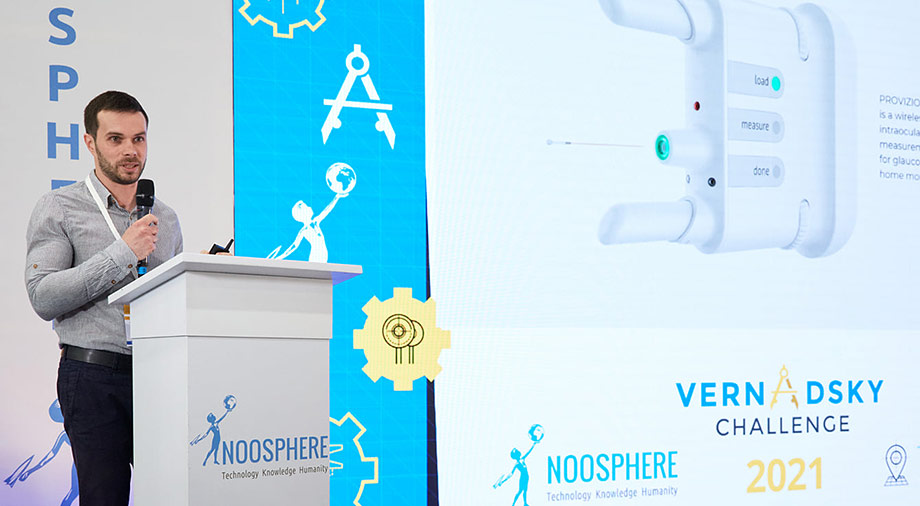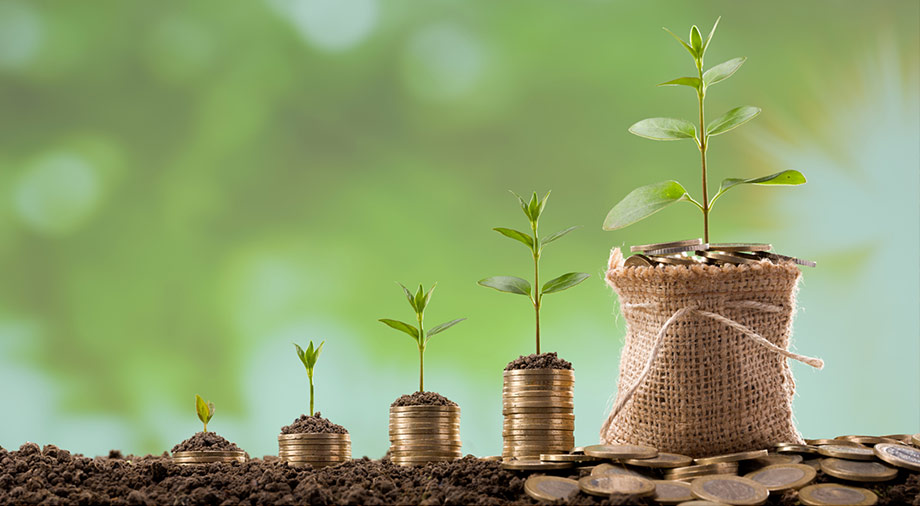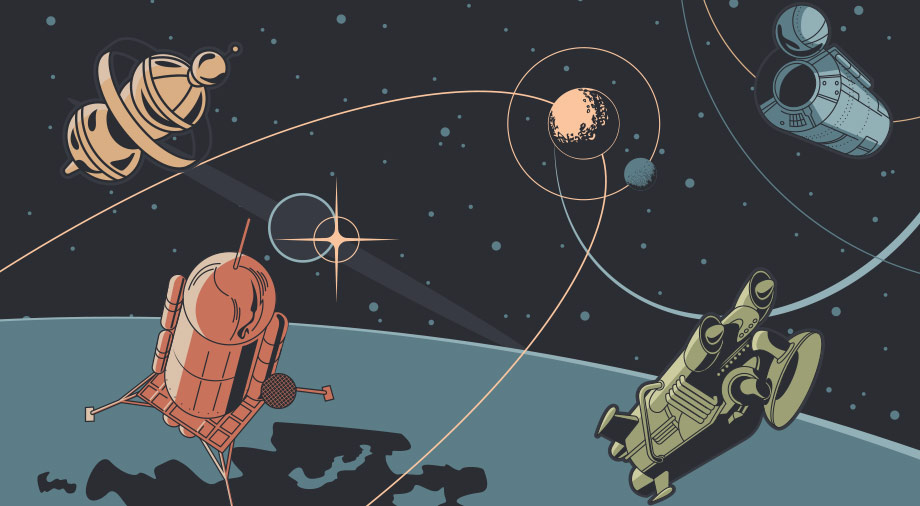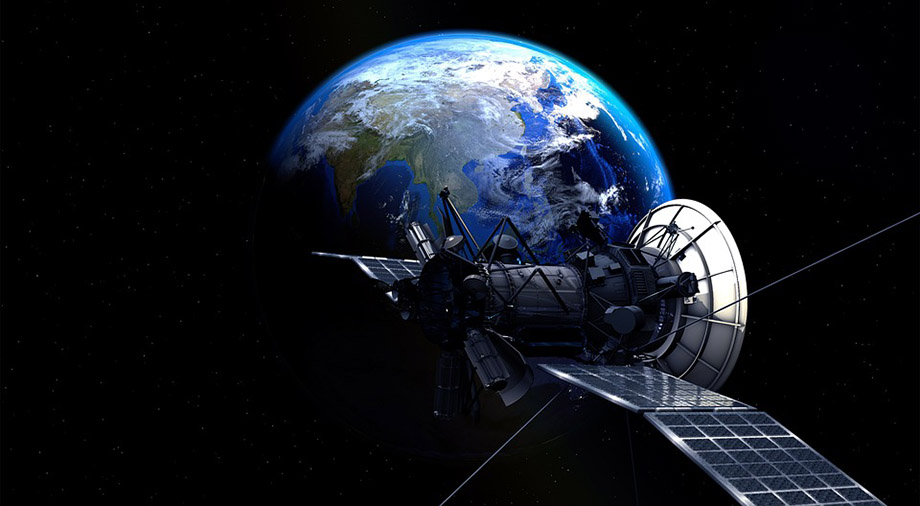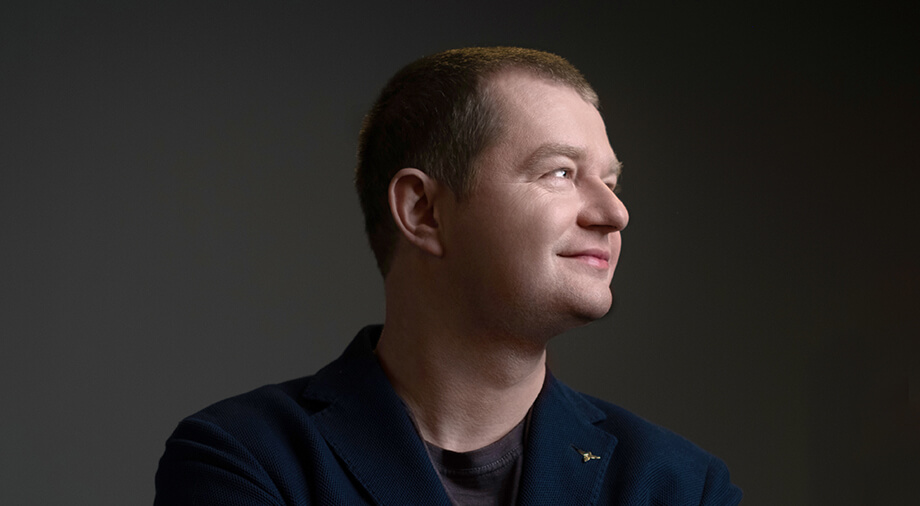The team at the Ukrainian startup Provizio entered their product, a monitor for measuring eye pressure, in the Vernadsky Challenge start-up competition 2021. They took second place, winning $22,700 in prize money.
The Vernadsky Challenge is an annual international competition for technology startups, founded by Max Polyakov in 2015, with a prize pool of $75,800.
We spoke with Pavel Tkachenko, Provizio’s co-founder and CEO, about his startup’s first investments and why they were needed to help his company start pitching their product more broadly.
Max Polyakov Space: Pavel, how did you decide to start developing eye pressure monitors?
Tkachenko: I worked for eight years as a pharmaceutical rep, visiting medical practices to introduce new products to doctors and talk about technologies for treating diseases. For five of those eight years, I worked for a company that manufactures drugs for treating glaucoma.
Glaucoma is a group of eye diseases that are asymptomatic in the early stages. The first signs appear when 50% of the cells of the optic nerve are already dead due to increased pressure on the eye.
In order to save the patient’s vision and provide proper corrective therapy, it is necessary to control eye pressure, not only through doctor visits, but every day at home.
The only existing model of tonometer for measuring eye pressure at home is not capable of transmitting information to an application in real time.
To fill this gap, a device was needed that could instantly transfer information from a tonometer to a phone application, and then to the cloud where it could be analyzed and monitored. That is how the idea of Provizio was born – an eye pressure monitor capable of performing all these tasks.
Who supported your idea?
In 2016, I received an offer to work as a sales manager in an IT company that specialized in mobile applications using Bluetooth.
There I met Vladimir Kiyanov and Gennady Safronov, who had many years of experience working with Bluetooth-enabled apps. We came up with the idea of creating a tonometer that will help people suffering from glaucoma.
This project was also supported by Ivan Chuba, a Ukrainian IT entrepreneur. He is known for the Technovator XE project, a wireless smart charger for smartphones that can charge up to four devices at the same time. Ivan submitted it to the Vernadsky Challenge in 2016 and won the top prize of $30,000.
How much did you invest in your project?
First of all, we purchased our competitors’ eye pressure monitors for between $500-$2,500 per unit in order to study their design and how they worked. We also purchased Bluetooth boards and many other components to start developing our product. The components that we ordered from China were also expensive. In total, we spent $15,000. This represented all of our team’s savings.
Had you previously participated in competitions for startups?
We entered Ukrainian Startup Fund competitions twice and came up short both times.
The first time, we entered the seed competition, which is designed for projects that have already started sales. But we didn’t win because we had not sold a single device yet.
The second time, we entered the pre-seed competition for projects at the MVP (Minimum Viable Product) stage. This is the stage we were at. But we didn’t win there either, because we miscalculated with our presentation. At the seed stage, participants have seven minutes for their pitch, but we had only three minutes at the pre-seed stage. We had no time to explain the essence of our business model and key benefits to the judges.
But these experiences gave us valuable experience that helped us prepare for the Vernadsky Challenge.
How did you hear about the Vernadsky Challenge?
Ivan saw a post on Facebook about a new round of the Vernadsky Challenge. We were immediately interested in the competition because it was made especially for device startups.
We spent a week on our application this time because we did our homework in advance. We analyzed the market and the competition, and assessed our main challenges and risks.
In our submission, we wrote about our team. These competitions require that teams have relevant experience, since it ensures that participants know what they’re doing and have carried out similar projects in their area.
I wrote about my role in the project and my experience as a pharmaceutical rep specializing in glaucoma treatment. Vladimir and Gennady spoke about their work experience before Provizio.
Next, we talked about the problem that exists on the market using analytics, and we explained how we proposed to solve this problem using our product.
We explained what kind of tonometer we had made, how it worked, what our vision was, and what value our product offered. That is, we explained what problems doctors and patients would be able to solve with the help of our product’s built-in functions and distinctive capabilities — its so-called “killer features.”
And, of course, we talked about the market and our competitors.
After filling in all the necessary information, we sent in our application and started to wait. When we received our answer, the whole team jumped and rejoiced!
What happened during the competition?
I had to present the project myself, because my co-founders got sick.
I wrote a pitch to present at the competition. This is a short presentation on our project of up to ten minutes that we used to appeal to the jury.
I prepared my pitch in advance. I had several months of preparation to present the project in front of the competition jury.
What advice would you give to people preparing their own pitches?
A pitch usually consists of 10 slides. They have to contain information that is already in the grant application. Here’s the problem faced, here’s how the project solves it, and here’s how the project differs from its competitors. It is also worth explaining your business model and laying out your business roadmap – the methods that your startup will use to implement its project.
But that’s not all. In addition to the presentation, we used open sources to prepare for the questions that the jury could ask. We found a Medium article with 320 questions that investors can ask, and it included about 95% of all possible questions one could face about competitors, the market, and other aspects of your project.
You took second place in the Vernadsky Challenge and won $22,700. What did you use this money on?
We spent this money on a patent attorney. A patent protects our invention from being copied and attracts the attention of investors. Even with just an accepted patent application, you can signal to investors that your project deserves attention.
We also purchased additional equipment, because over time we had realized that our Chinese contractors were ineffective. We were wasting time on the delivery of our parts. In addition, the parts weren’t always good enough due to errors in the drawings or mistakes by the manufacturer.
At what stage is the development of your tonometer now?
Our Bluetooth-enabled eye pressure monitor and its iOS app are ready.
The device is used by gently touching the patient’s cornea to measure pressure. The data it receives is immediately transmitted via Bluetooth to our app on the user’s smartphone. The app then uses AI to analyze the patient’s readings and create predictions for needed adjustments to their therapy. All of these capabilities are killer features that distinguish our product.
Right now, our tonometer is not ready for mass sale because testing and medical research are still needed. When completed, we will begin certification for the US and other markets. This will happen in a few years.
What is liable to change with the Provizio tonometer?
When I worked in the pharmaceutical business, I talked a lot with patients, learned their stories, and saw up-close how much their condition could worsen in just six months without monitoring. Our tonometer will help patients to control their glaucoma so they can keep their vision until a ripe old age.
You’ve come a long way. What advice would you give to aspiring tech startups?
I have two tips.
First, dream and create ambitious plans, because that’s where it all starts.
Second, select your key team members and partners very carefully. Tech startups have a long path before they reach the point of making sales. Really long, so be patient and resourceful. That is why I strongly recommend choosing people with whom you already have working experience because you can better predict their attitudes. Dealing with strangers is more risky. You never know what to expect from them, or what their attitudes will be towards the project.

